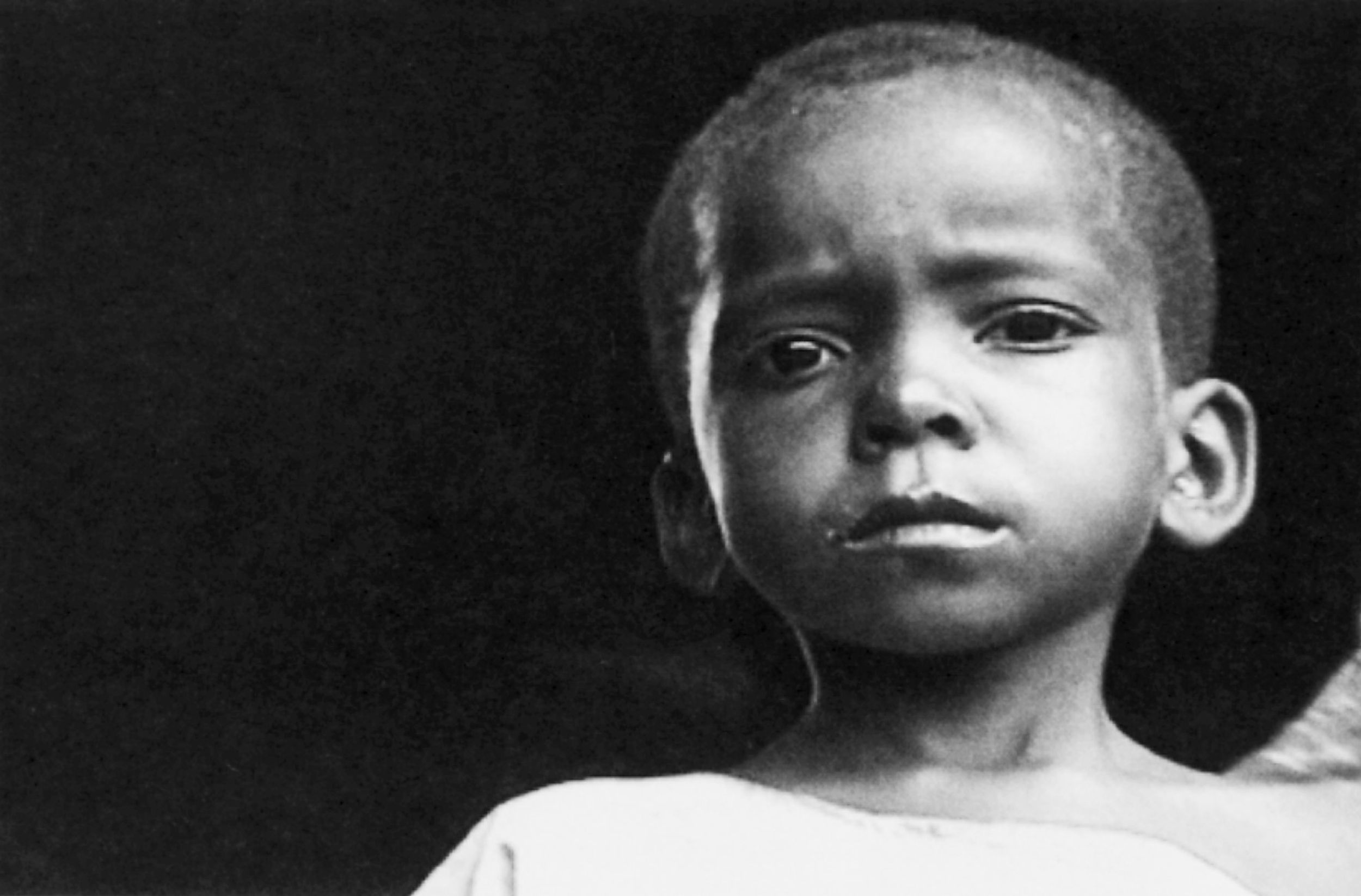
Kisangani Diary
After the massacre perpetrated on the Tutsis in 1994, tens of thousands of Hutus fled to Zaire, and many of them never returned. In March of 1997, Hubert Sauper traveled along on a U.N. train in search of these “forgotten” refugees, who were living in poverty thousands of miles from home, plagued by famine, disease and attacks by various armed militias. Along the tracks that are overgrown by the rainforest, Sauper leads the viewer to the “heart of darkness,” the same place where Joseph Conrad wrote his novel a century ago. The film confronts the audience with the consequences of civil war, the chaos and the inconceivable suffering. Sauper gives us images of emaciated children with large eyes and silent adults with a gaze that betrays their feelings when all hope has vanished. We watch as photographers and cameramen depict this misery, and we observe the impotence of the international community: time and again, relief efforts run into logistical problems.